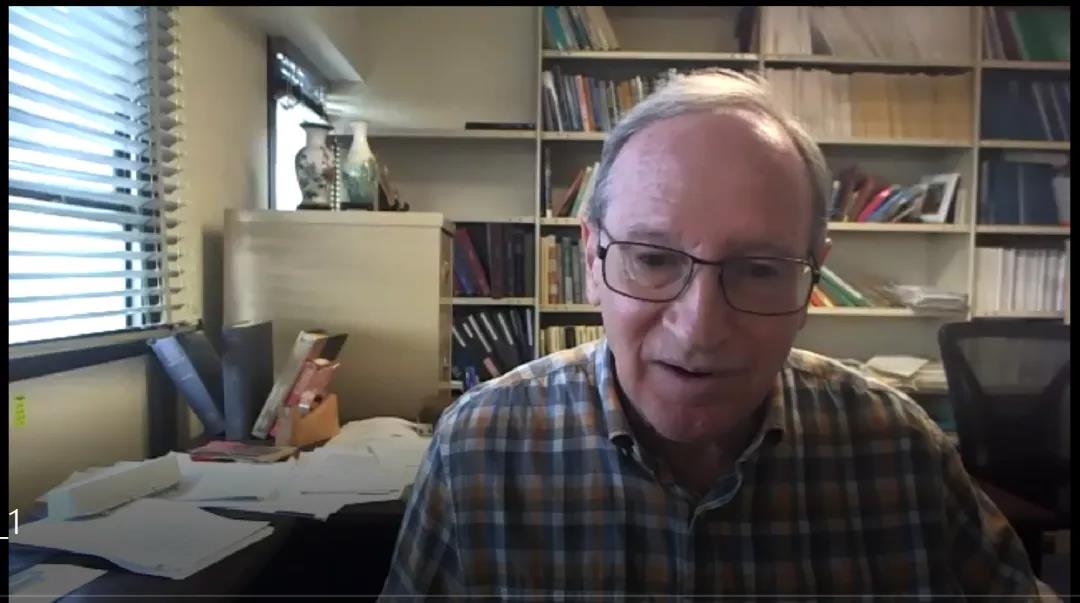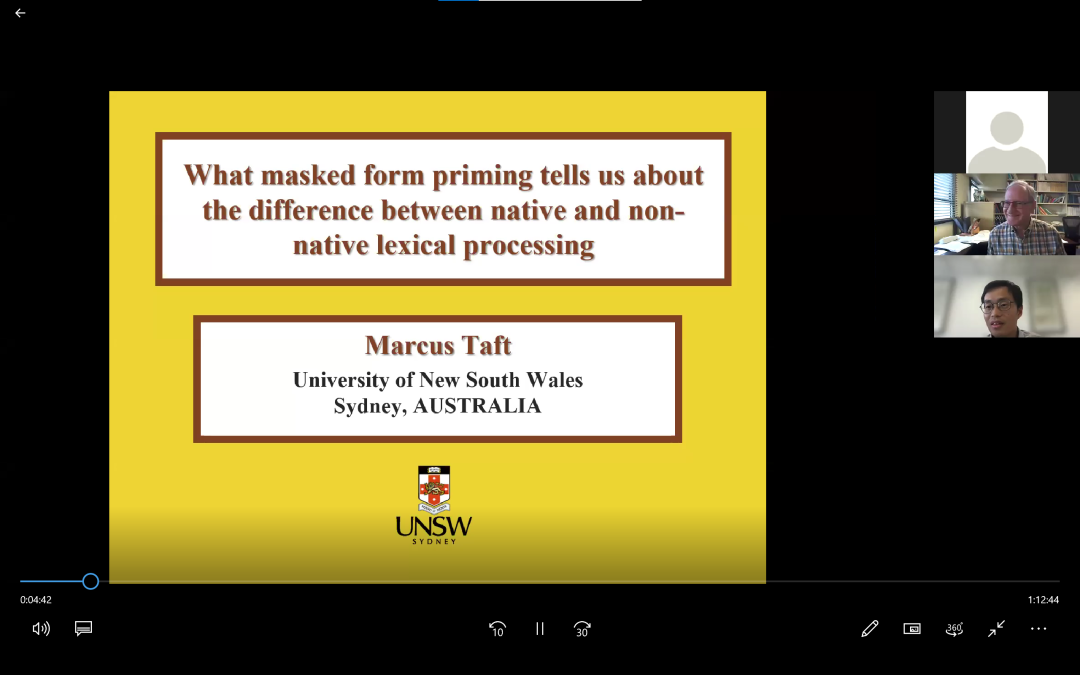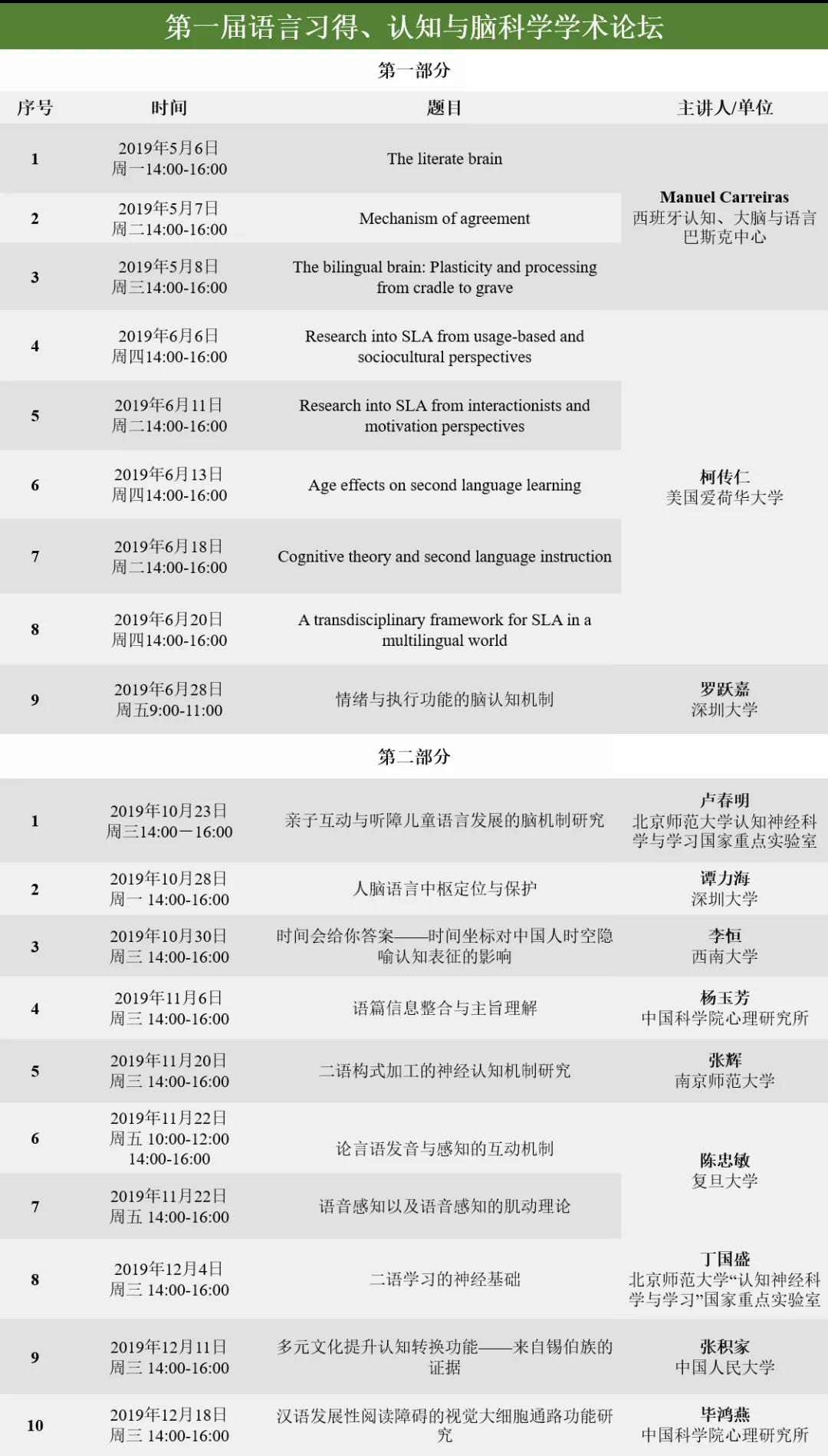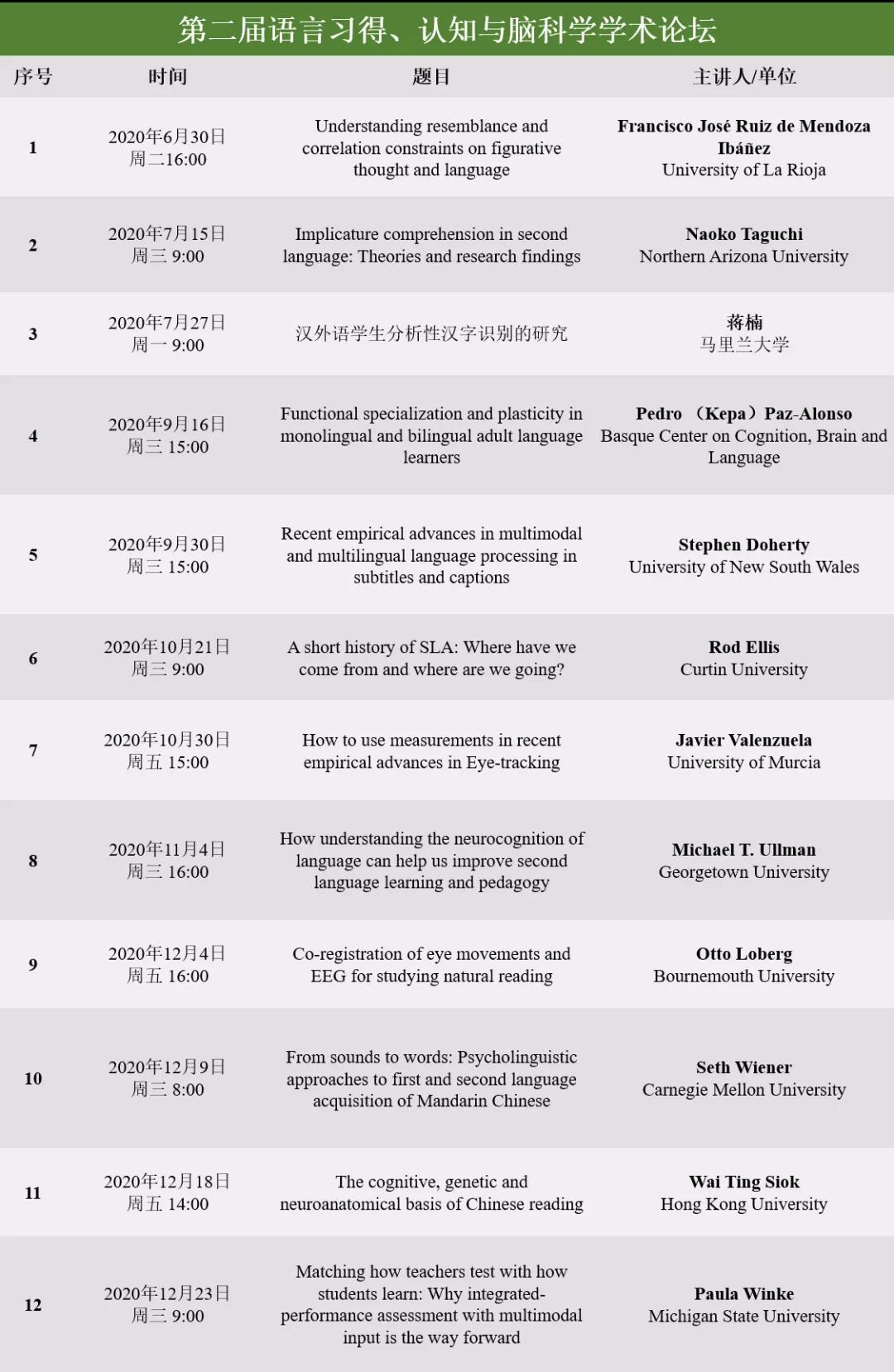

On the afternoon of April 28th, Professor Marcus Taft of the University of New South Wales was invited to attend the 3rd Language Acquisition, Cognitive and Brain Science Academic Forum and brought the lecture entitled "What masked form priming tells us about the differences between native and non-native lexical processing". This is the first lecture of the 3rd forum, which was initiated by Professor Wang Jianqin, and hosted by Dr. Wei Yanjun. The lecture was broadcast via zoom, which attracted hundreds of audiences at home and abroad.
In this lecture, Professor Taft used the Masked Priming Paradigm to explore the visual processing of vocabulary and how to represent and extract words in the mental dictionary. Previous studies attributed "cashew" not to start "CASH" because "ew" is not an affix, so "cash" and "ew" in "cashew" cannot be separated, and this results in the inability to start the same startup item "CASH" ". Based on this result, they came to the view that the affixes and roots in the vocabulary are decomposed and processed. However, Professor Taft questioned this view. His research found that the target item "CASH" can be activated when the start item is the non-word "cashol" containing the non-affix "ol", which is contrary to the results of the previous study. Professor Taft therefore proposed that the representation of the mental dictionary is regulated by both function and form, and L1 and L2 behave differently. The specific manifestation is that L2 activates the true word with transparent and opaque affix functions. The priming effect on the target word (eg, hunter-HUNT; corner-CORN; cashew-CASH) was found in the priming term of the pseudoword with the same form and term, while L1 only found the priming effect in the first two cases.
Professor Taft said that the reason for the priming effect is the overlap of the orthography of the priming item and the target item, and the difference between L1 and L2 has the following three possibilities: (1) When facing the true word to activate the target item, L1 has a positive effect on the priming item. Both the target item and the target item were identified, which resulted in the activation competition between the two, while L2 lacks this competition mechanism; (2) L2 may not lack this competition mechanism, but it may be affected by proficiency and so on. Insufficient time to recognize the startup item; (3) Compared with L1, L2 does not have the above two problems, but it lacks Embedded-Word Activation Mechanism, and the resulting startup effect mainly comes from The effect of orthographic overlap. The final conclusion of the experiment supports the third hypothesis. Finally, by looking at the location where the orthographic overlap of the start item and the target item occurs, Taft found that, compared with the overlap occurring in the front (eg, thouslor-THOUSAND), the overlap occurring in the back will not produce the start effect (eg, plerough-THOROUGH) , And explain it as the processing phenomenon of Basic Orthographic Syllabic Structure (BOSS), and L2, compared with L1, lacks this kind of vocabulary recognition mechanism. The above content can be summarized as: Compared with L1, L2 lacks the activation mechanism of subunits; and lacks the sensitivity to the internal structure of non-native language languages; and the morpheme masking activation results show that the activation effect is only affected by orthography. The influence of law overlap effect.
Professor Taft's lectures are progressive, in-depth, and clear. The audiences said they were inspired in terms of the mental representation and extraction of vocabulary, and the difference between L1 and L2 vocabulary recognition.
往届论坛回顾

